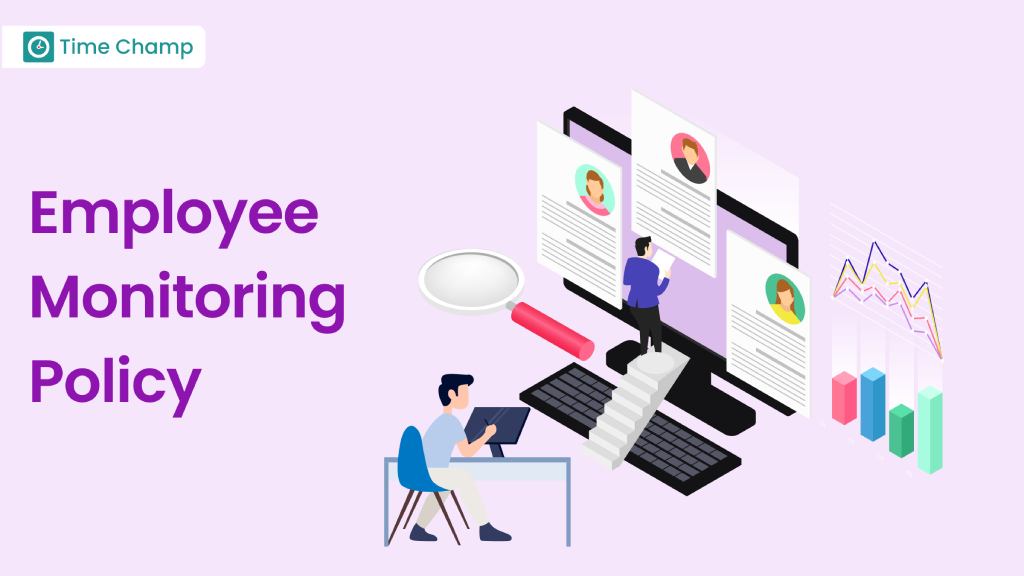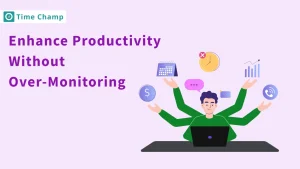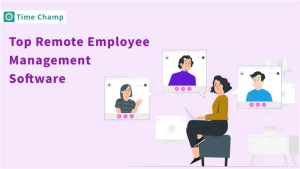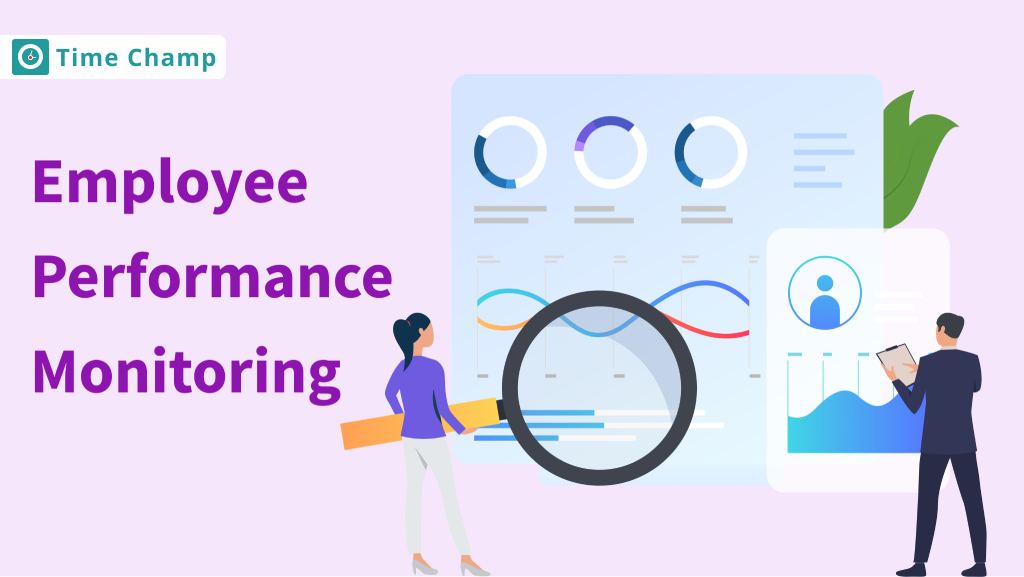Hey there!!! Can you picture yourself
operating under clear guidelines
that will safeguard your business
and provide motivation for every
employee? In this guide, we’ll
learn how to develop an employee
monitoring policy that will boost
morale, foster trust, and pave the
way for success.
Let’s
get started!
What is an Employee Monitoring Policy?
An employee monitoring policy is a document that describes how employees are monitored in an organization. This policy outlines what, how, and why it is to be measured. It aims to let the employees know about the monitoring activities, protect the organizational assets, enhance productivity, and comply with the laws and regulations.
Why Do You Need an Employee Monitoring Policy?
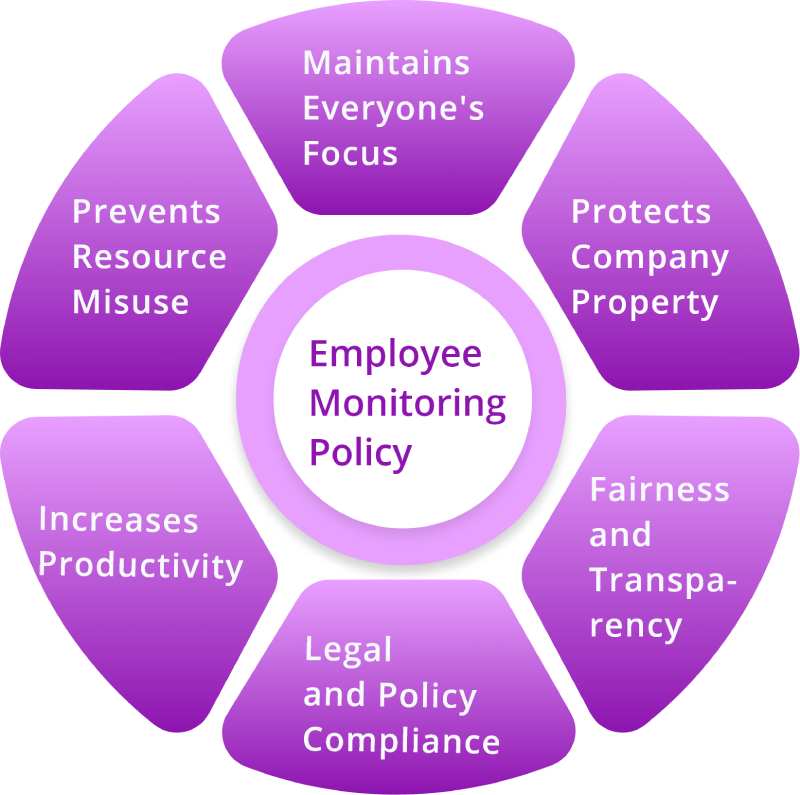
Let’s examine the benefits that an employee monitoring policy might provide to your company.
- Maintains Everyone’s Focus: It helps in maintaining the unity of the employees and their focus on the achievement of organizational objectives. Employees are more willing to work and can’t afford to remain idle when they are aware that their performance is being monitored.
- Protects Company Property: It helps prevent information leakage and misuse of organizational resources, safeguarding critical data.
- Fairness and Transparency: It provides a foundation for every worker. When every employee is aware of the metrics being used and the purpose behind them, it is considered fair. Since there is proof of what occurred, it helps in problem-solving in any situation.
- Legal and Policy Compliance: There arelegal requirements that must be fulfilled to protect the companies’ security and privacy. An effective monitoring policy aids in making sure the business complies with legal obligations.
- Increases Productivity: Workers will work harder and complete tasks if they are aware that they are being watched. Everyone is held to the same standard of accountability.
- Preventing Resource Misuse: A monitoring policy, along with employee monitoring software, can significantly reduce the misuse of the company’s valuable resources like time. In addition, a monitoring policy can also help prevent the misuse of other business assets such as company computers, and equipment.
Key Elements to Include in Your Employee Monitoring Policy
Several aspects should be included
when designing an employee
monitoring policy to ensure that the
policy is clear, fair, and
advantageous to all employees.
Let’s break it down!!
1. Types of Monitoring
List down the specific strategies and instruments that will be used in the monitoring process (e.g., email monitoring, internet usage monitoring, GPS monitoring). This clarity helps the employees understand what activities are likely to be scrutinized.
- Security cameras are used as tools to monitor employees; they are installed in such areas as parking lots, break rooms, individual offices, and other areas within the workplace for security purposes. However, some legal requirements restrict the installation of cameras in zones where privacy is most valued, for instance, washrooms. Thus, it is always advisable to consult with a legal expert before putting in place any policy that monitors the employees’ activities to avoid violating the law.
- Employee monitoring software is used to monitor activities on company computers and includes monitoring of internet usage and other actions. Some of them are keystroke logging that records typing during working hours and may get sensitive information. This type of monitoring is considered an invasion of the employees’ privacy, which underlines the importance of legal advice and precautions when using such software in the workplace.
- GPS tracking is often used to track the movement of employees who use their vehicles for work, for example, delivery or taxi drivers, to make sure they stick to the planned routes and time without making any deviations. This method also increases the safety of the client or customer when they are passengers. It is recommended to explain the purpose of location tracking as being strictly business-related and to avoid any ambiguity regarding the use of the collected data.
2. Notice and Consent
Give employees notice of the monitoring procedures, such as the kind of data that is being collected, when and how they will be monitored, and the reason for the monitoring. This notice should be communicated through the employee handbooks, internal memos, or even through a special meeting.
Also, it is mandatory to get consent in most of the cases, especially in the countries with enhanced privacy regulations. Make sure that the policy is clear and contains all relevant information so that employees know what they are agreeing to.
3. Privacy-Related Considerations
Make it clear how the employee privacy will be safeguarded. Let the employees know who will have access to monitored data and under what circumstances the data will be disclosed. Ensure that employees have an effortless way of accessing information on how their data is processed and provide them with channels through which they can report any issue or ask questions.
It is necessary to set restrictions to allow only authorized personnel to access the data and make sure that the data sharing is done according to the legal regulations and the company’s rules and regulations. This helps the company meet its needs while also safeguarding the privacy of its personnel.
4. Repercussions for Breaking Policy
If an employee violates the monitoring policy, there should be clear consequences outlined in the policy. The policy should also state how data breaches will be addressed, and how violations will be investigated and recorded. Make sure that the employees are informed of these procedures and the consequences that may arise from them initially. This helps in ensuring that all parties follow the policy.
Best Practices for Developing an Employee Monitoring Policy
Establishing a strong policy for employee
monitoring can ensure that
your company operates safely and
productively while respecting the
rights of your staff.
These
steps will enable you to create a
policy that will benefit your
company while also preserving a positive
work environment.
- Define Purpose and Scope: It’s important to state the purpose of the monitoring and specify the subjects that will be watched over. This directs monitoring efforts to the appropriate areas and helps the organization achieve its goals and targets.
- Legal Compliance: The policy should also adhere to the law on privacy and data protection. This includes obtaining permission, describing the process of monitoring, protecting the information, and only monitoring certain sections. These things assist in maintaining the employees’ trust in the company and prevent legal issues.
- Equilibrium Monitoring with Privacy: Monitoring and privacy can be combined by protecting data, using less intrusive techniques, telling employees about the purpose of the monitoring, getting their permission, and providing a way for them to voice concerns. This tactic facilitates monitoring in addition to guaranteeing that employees feel encouraged and trustworthy at work.
- Openness and Communication: Make sure that every worker is aware of the organization’s monitoring policy and that it is not kept a secret. It is necessary to specify the goal of the monitoring process as well as the kinds of data that should be gathered and the intended uses of the information.
- Measures for Data Security: Ensure that security measures are in place to prevent hackers from accessing or making the monitored data publicly available. To guarantee that the staff members trust the information given to them, it is vital to guarantee that the data is secure and accurate.
- Checking Effects: Consider how monitoring affects the feelings, confidence, and efficiency of the employees. It should be used to improve the monitoring process.
- Employee Consent: Thus, where necessary, seek permission from the employees on the use of their data and the rights they have concerning monitoring.
Challenges and Ethical Considerations
Employees are concerned about privacy
since they do not want their
information to be tracked down
without their consent.
To solve
these issues and prevent
infringements on employees’
private rights, guidelines regarding
what can be shared and how to
safeguard information must be
established.
- Trust Issues: Monitoring can make the employees feel that their rights have been violated, which lowers the confidence and productivity of the organization.
- Data security: Sometimes it is difficult to protect employee data because of the constant changes in threats, and the conflict between user access and security. It is crucial to be on the lookout for breaches and update the system frequently.
- Employee Productivity: While increased productivity is the goal of monitoring, stress, and worry are unfavourable side effects that come with it.
Ethical Considerations
When designing and implementing an employee monitoring policy, it is crucial to address the employee monitoring ethical aspects to ensure fairness and respect for all employees. Here are some key points to consider:
- Ethical Reasoning: Ensure that the reasons for monitoring are clear, appropriate for the organizational culture, and do not undermine the workers.
- Less Intrusive Monitoring: Make sure that surveillance is for work-related activities and does not turn into spying or meddling with people’s lives.
- Employee Agreement: In any case, it is always better to engage the employees in decision-making processes so that they do not complain of unfair treatment where possible.
Interested in learning about monitoring laws too?
Explore our employee monitoring laws today and empower yourself with the knowledge!!
Conclusion
The policy of monitoring employees is to protect business and make sure that each employee is protected and valued, not followed. In this way, the guidelines will be clear and fairly monitored to ensure that the coworkers will have positive interactions with each other. It is important to find a middle ground where all parties are satisfied and everyone can get on with their work. Remember these principles when creating your policy, as it will be advantageous to your business and your employees.
